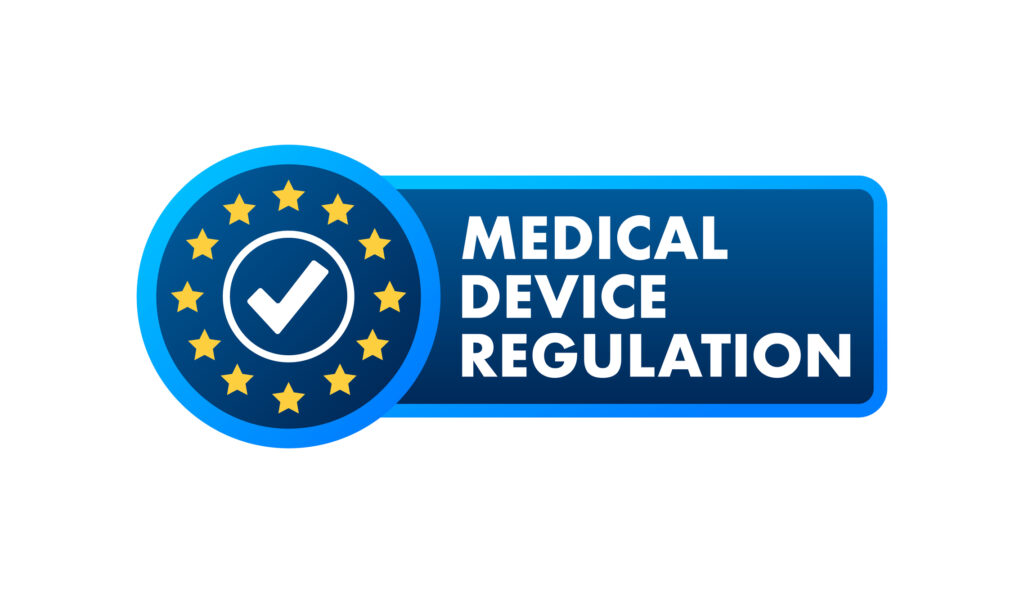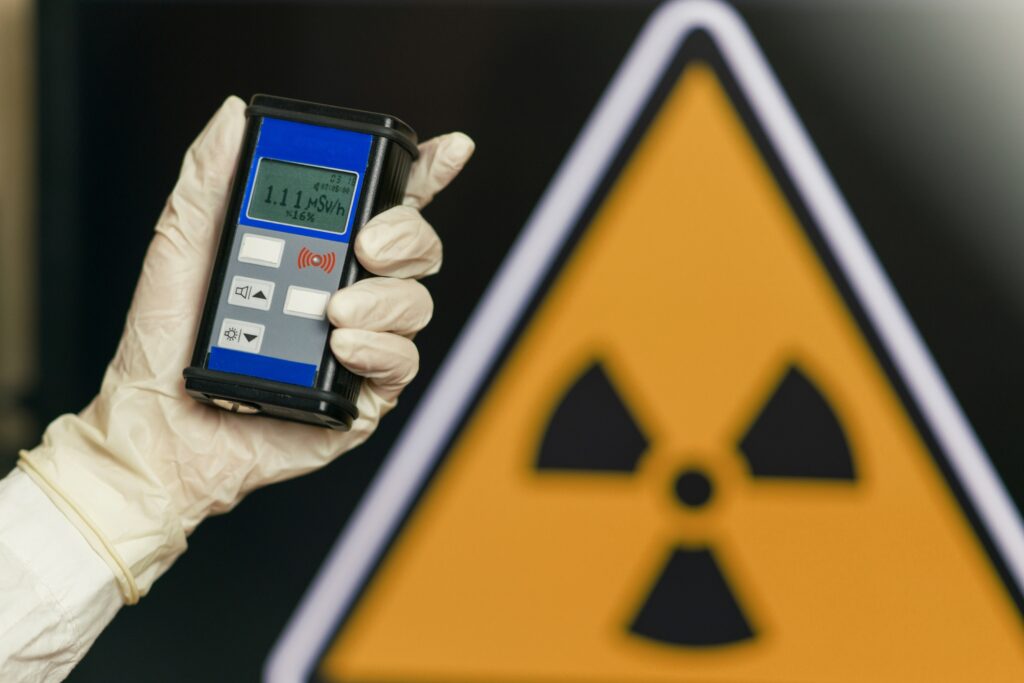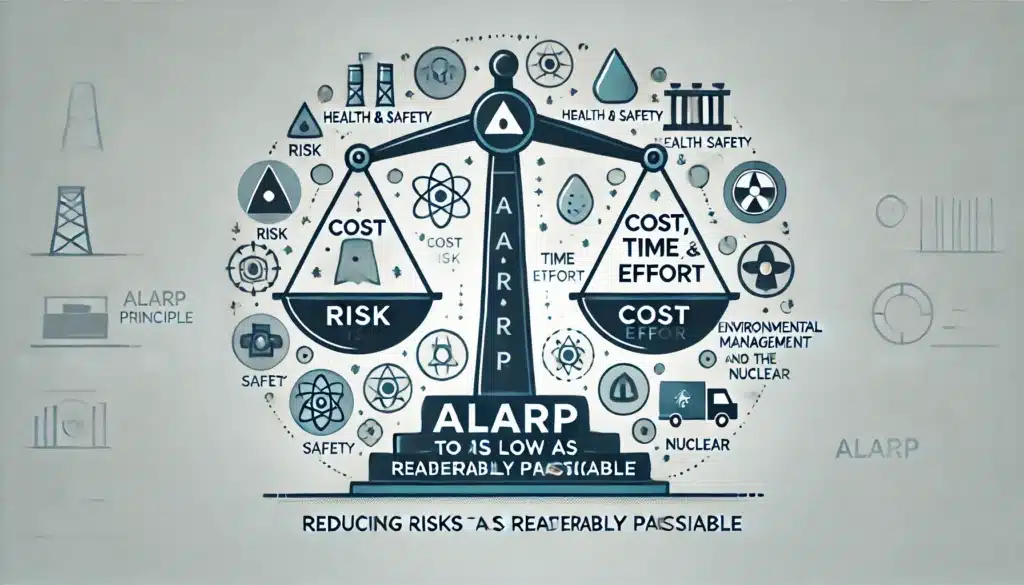Medical device manufacturers have been anticipating different challenges in meeting European Medical Device Regulations (EU MDR). These predictions enabled the manufacturer to streamline its industrial processes according to the predicted EU MDR requirements. Hence, device manufacturers have been preparing to comply with the upcoming regulations ever since the beginning of the transition of Medical Drive Director (MDD) to Medical Device Regulation in 2017.
European Medical Device Regulation (EU MDR) Overview
EU MDR is a regulatory framework that ensures the safety, efficacy, and quality of the medical devices that are manufactured and distributed within the European Union. It sets strict regulations for industries, notified bodies, and other entities that are involved in the manufacturing of in-vitro medical equipment. While EU MDR is eliminating the safety concerns with medical devices, it is also creating certain challenges for device firms. Let’s explore some EU MDR-associated challenges for device firms in this blog post.
EU MDR-Linked Challenges for Medical Device Manufacturers
Confrontation with Enhanced Perusal
As the EU MDR implementation initiated in May 2021, medical devices are reclassified into various risk groups based on the MDR’s set of regulations. Hence, many devices that were previously classified into the low-risk groups are now grouped within the higher classes. Hence, it requires the manufacturers to go with increased scrutiny before releasing the batch into the market. Here, the slow processing due to increased workload is creating hindrances for both manufacturers and notified bodies.
Compliance Constraints with EU MDR
EU MDR has imposed a set of strict regulations on medical device manufacturers and associated entities. These requirements have transformed the functionalism of the industries including both manufacturing processes and documentation procedures. All the manufacturers are given a strict timeline to incorporate this transition which is a big challenge. Moreover, the notified bodies have limited capacity and they cannot accommodate this enhanced workload which is further exaggerating this issue.
Stress on Post-Market Analysis
The EU MDR stresses post-market analysis of medical devices for keeping a record of the efficiency of the devices in the clinical setting. This analysis requires the collection of clinical data that act as evidence to support the quality claims of medical devices. However, the collection of this vast clinical data by market analysis or clinical follow-ups has exacerbated the situation for the manufacturers who have to deal with this increased workload, especially ones who have limited financial resources and manpower.
Financial Implications
The EU MDR requires manufacturers to meet complex quality standards to maintain transparency in the entire handling process of medical devices. Moreover, they demand increased scrutiny of the raw material to ensure all the components of the devices are up to the quality mark. These demands for in-depth investigation have imposed strict financial and logistical implications on the manufacturers who have to compromise on their sales to ensure their compliance with these regulations.
Strict Emphasis on Data Protection
Cybersecurity threats are prevailing worldwide putting personal data at stake. Even the clinical setups are not safe from these threats. So, EU MDR emphasizes on use of robust technology to mitigate the risk of breach in cybersecurity. Hence, manufacturers have to invest in high-tech software and regular upgrades to protect patients’ data and enhance the security of their medical devices. However, it is a big challenge for manufacturers to continuously upgrade their systems to stay one step ahead of the cybersecurity threats.
Final Words
EU MDR is transforming the old quality control and assurance practices in the industrial setups. It has now imposed strict regulations on medical device manufacturers and notified bodies to ensure the efficacy and quality of their products. However, the industries are facing severe challenges to comply with these regulations by transforming their industrial processes within the specified timelines. Similar challenges are part of SFDA medical device registration which is imposing strict checkpoints on newcomers to enter and compete in the market.
Disclaimer
The content provided in this article, “Ensuring Compliance: Industrial Challenges in Meeting EU MDR,” is for informational purposes only and does not constitute legal, regulatory, or professional advice. While every effort has been made to ensure the accuracy and reliability of the information at the time of publication (28 August 2024), Open MedScience makes no representations or warranties of any kind, express or implied, about the completeness, accuracy, or suitability of the content for any specific purpose.
Medical device manufacturers and stakeholders are strongly advised to consult qualified regulatory professionals or legal advisors before making any decisions or changes based on this information. Compliance with EU MDR and other regulatory frameworks such as SFDA may vary depending on individual circumstances, and interpretations may evolve over time with updates in legislation and guidance.
Open MedScience does not accept any liability for any loss or damage arising from reliance on the information provided in this publication. All opinions expressed are those of the respective authors and do not necessarily reflect the official stance of Open MedScience.
You are here: home » diagnostic medical imaging blog »



